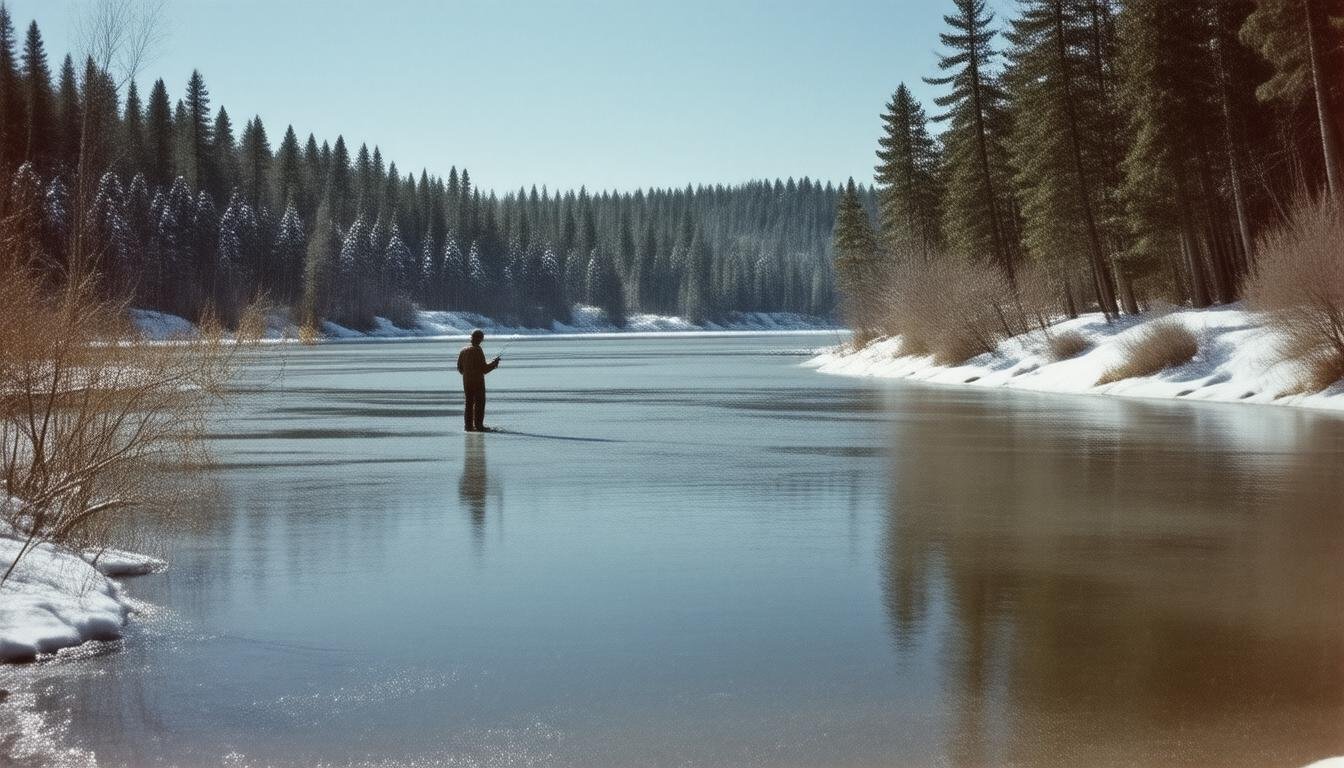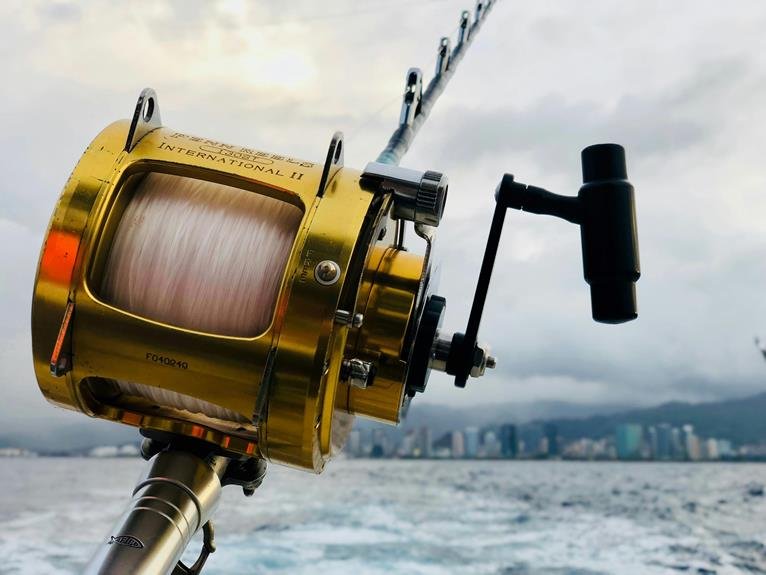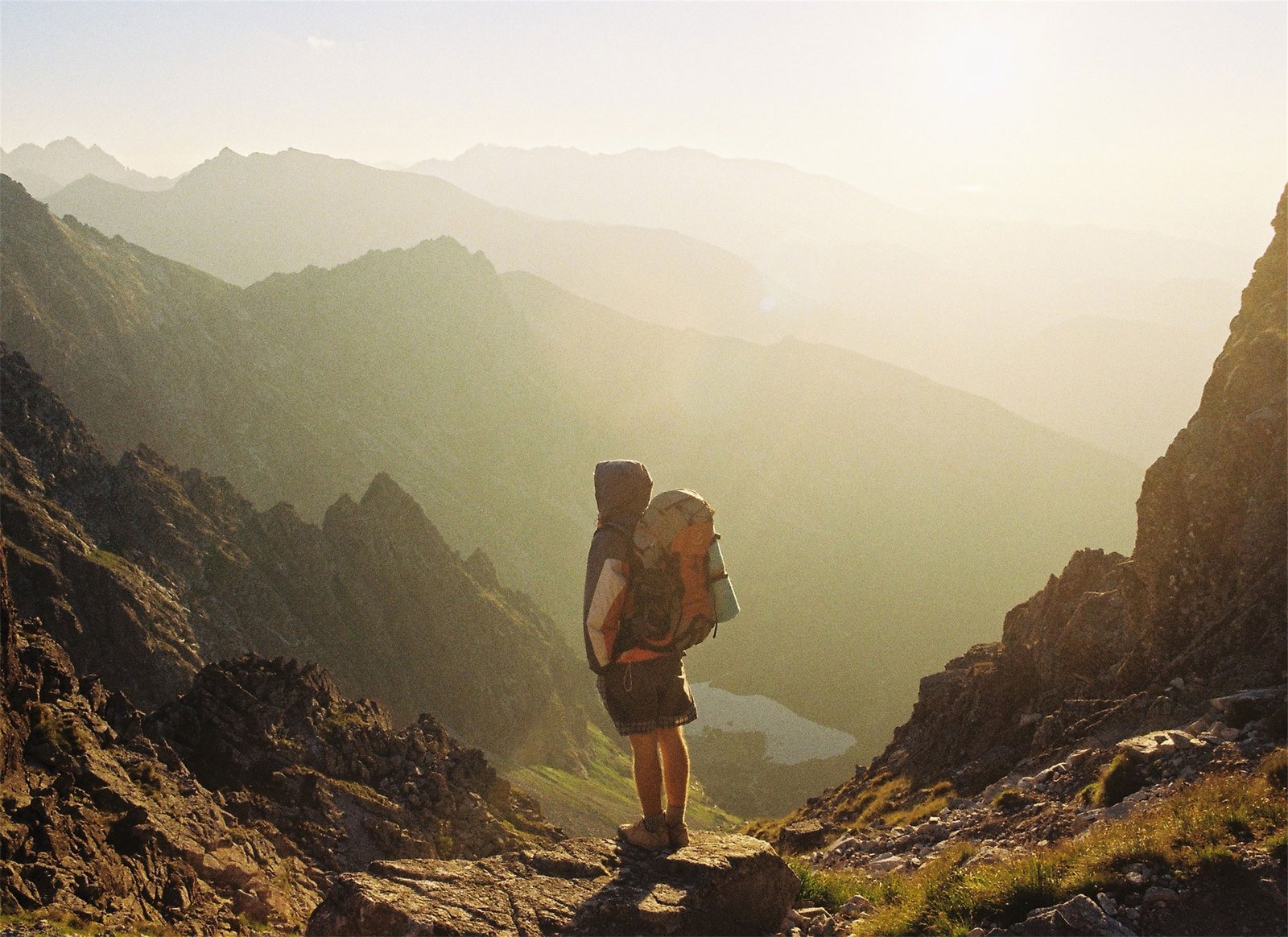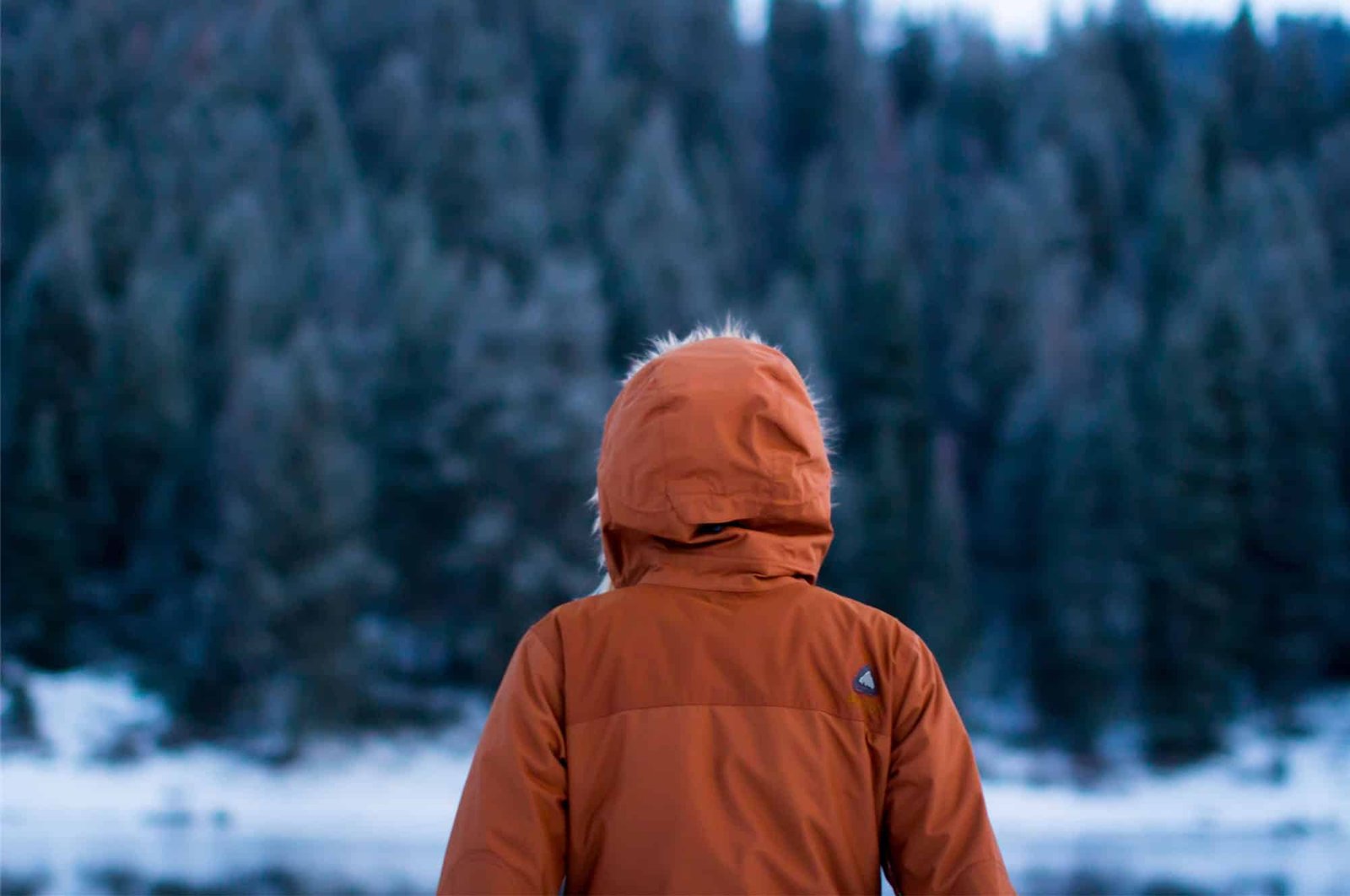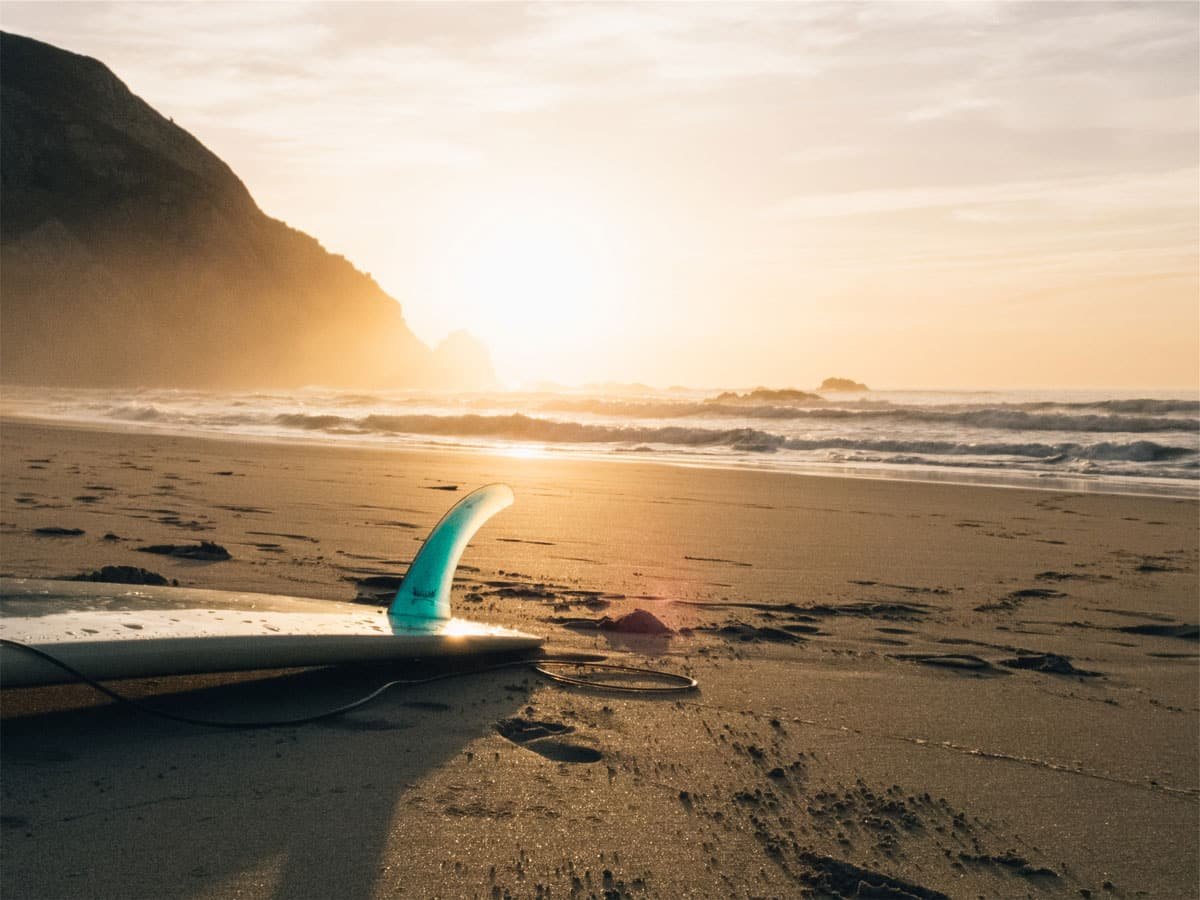As winter blankets Northern Minnesota with a fresh layer of snow, ice fishing conditions are seeing a significant improvement, bringing smiles to anglers across the region.
After a period of warm weather that wreaked havoc on ice coverage, the recent 4-5 inches of light snowfall has restored stability to the ice, allowing fish to return to a more predictable pattern.
Whether you’re a seasoned pro or a beginner looking to reel in your first catch of the season, this article will provide you with essential tips and insights into the current ice fishing conditions by area, helping you make the most of your ice fishing adventure this winter.
Key Takeaways
- Recent snowfall has improved ice fishing conditions in Northern Minnesota, stabilizing fish behavior.
- Anglers should focus on low-light periods for better walleye catches in various key areas.
- Safety remains a top priority, with awareness of ice thickness and cracks essential for a successful fishing trip.
Current Ice Fishing Conditions in Northern Minnesota
### Current Ice Fishing Conditions in Northern Minnesota
The recent snowfall has positively impacted ice fishing conditions across Northern Minnesota, creating a more favorable environment for eager anglers.
After experiencing a warm spell that led to some snowmelt, fish were exhibiting skittish behavior.
Luckily, the latest 4-5 inches of light snowfall has re-stabilized the lakes, making it easier for fishermen to catch their desired species.
However, while accessing the lakes has become more convenient—thanks to truck-friendly conditions—angling safety must remain a top priority, particularly near current areas.
Key Fishing Conditions by Area:
• Bemidji Area: Anglers are enjoying success in targeting walleyes on Lake Bemidji and Lake Plantagenet, particularly in depths ranging from 14 to 24 feet, utilizing spoons and minnow heads.
The best action occurs during low-light conditions, with jumbo perch also making an appearance.
Crappie and bluegill seekers should consider shallower lakes such as Turtle, Grace, and Midge for excellent opportunities.
– Blackduck Area: Cooler weather has slowed down fish activity, but persistence pays off.
Walleye can be effectively targeted in Round Lake and Island Lake, particularly at depths of 12 to 15 feet during the low-light hours.
Crappies and bluegills are more active in Blackduck Lake and Pimushe Lake, creating varied fishing experiences.
– Cass Lake Area: Walleye catches are reported in Allen’s Bay and along Pike Bay Lake at depths of 12 to 18 feet.
Perch might be more elusive, but they can be found in shallower waters—less than 10 feet—at Cedar Island.
For mixed panfish, lakes such as Midge and Big Lake are worth exploring.
– Upper Red Lake Area: While daytime walleye activity has diminished, night fishing is proving to be more productive, with better success using deadsticks and small spoons at depths of 11 to 13 feet in less crowded spots.
Extra care in choosing fishing locations can lead to enhanced catches of walleye and crappie.
– Lake Winnibigoshish: Fishing for walleye peaks late in the day or post-darkness, with set lines proving effective at depths of 18 to 33 feet over various underwater bars.
Daytime fishing has also shown some promise for perch.
Current ice thickness ranges between 16 to 20 inches across lakes, presenting ample support for angling activities.
Nevertheless, all anglers should exercise caution due to potential cracks forming in certain areas.
Armed with this knowledge, anglers in Northern Minnesota can look forward to an exciting and bountiful ice fishing season.
Tips for Safe and Effective Angling
When heading out for ice fishing, it’s essential to equip yourself with the right gear and knowledge to ensure both safety and success on the ice.
Start by checking local regulations and ice conditions before embarking on your fishing adventure.
Investing in insulated boots, thermal clothing, and proper ice fishing equipment, such as an auger, tip-ups, and fishing electronics, can significantly enhance your experience.
Make sure to bring safety gear, including ice picks, a floating device, and a first aid kit.
As you set up your fishing spot, avoid areas with known currents or thin ice; always choose a location that has a good depth for your targeted species while being mindful of the ice thickness.
Remember, sharing your fishing location with friends and using GPS or maps can help in case of an emergency.
With careful preparation and adherence to safety tips, you’ll be well on your way to enjoying a productive and safe ice fishing season.

